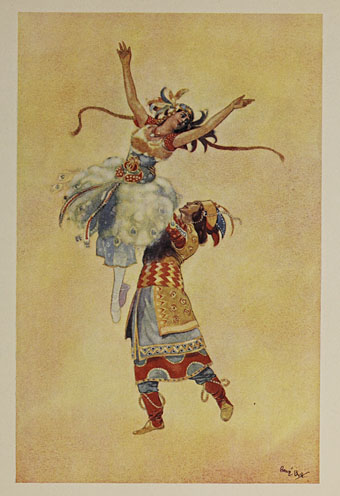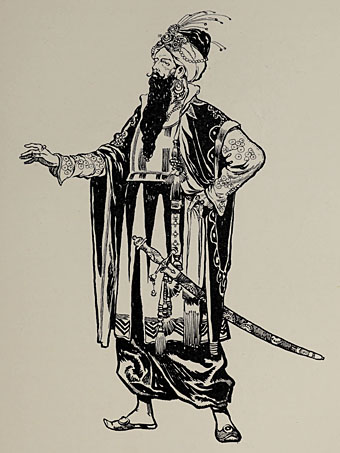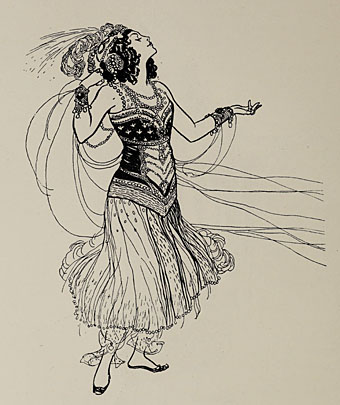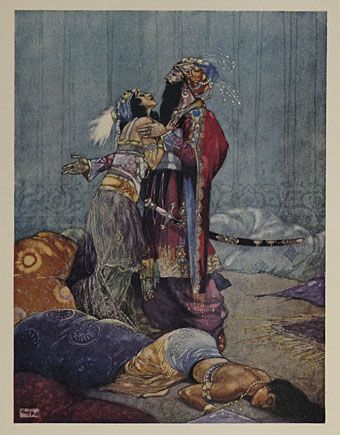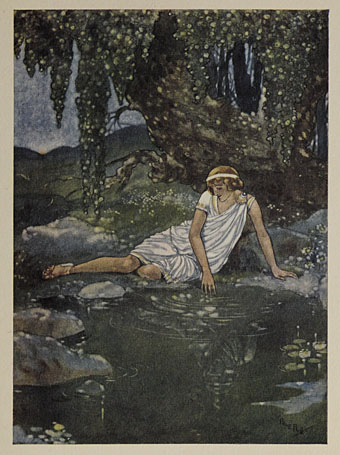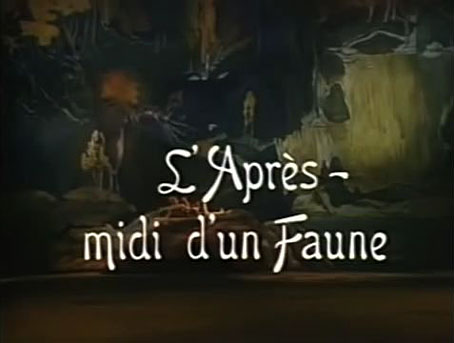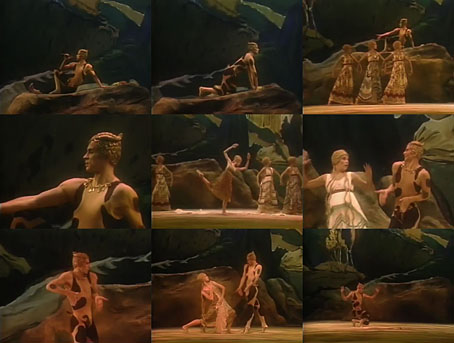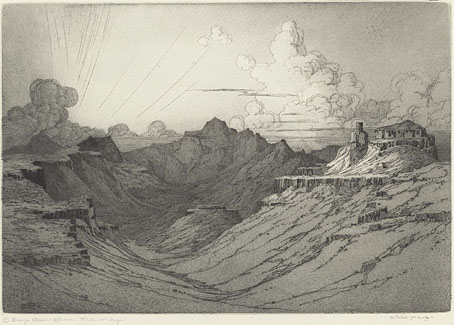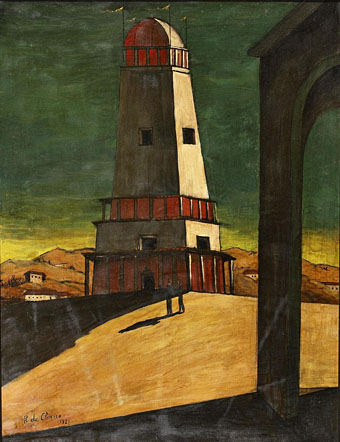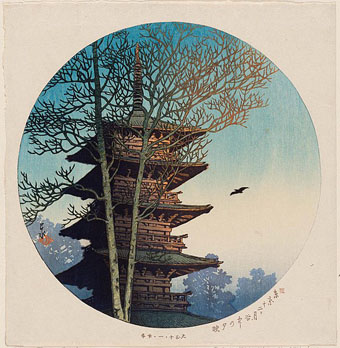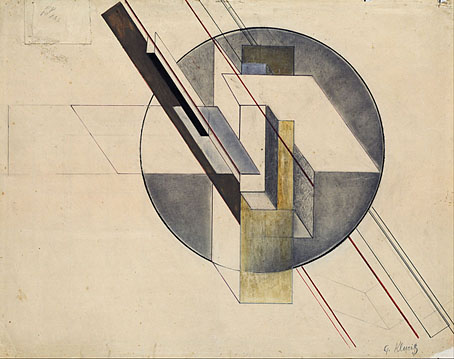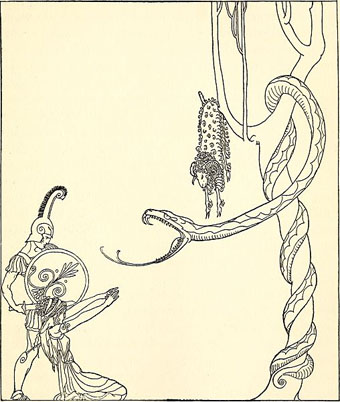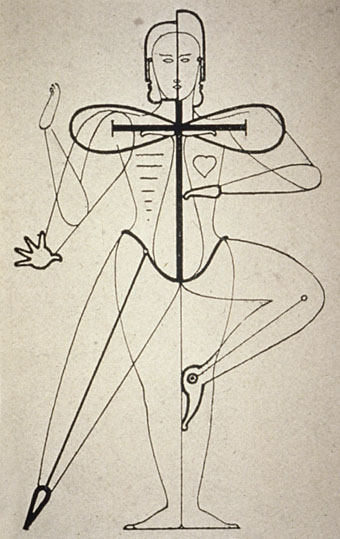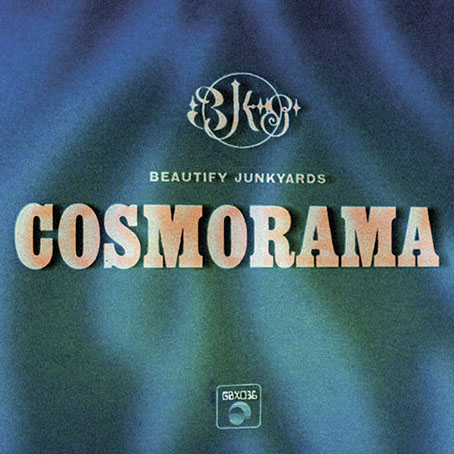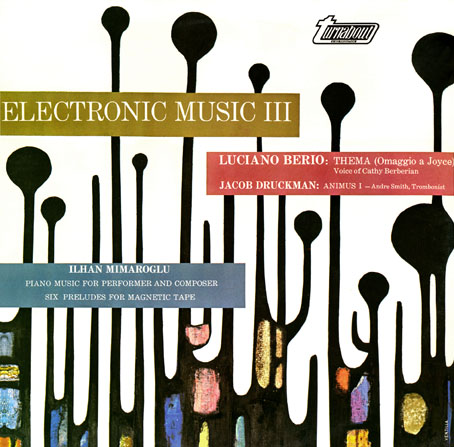
Turnabout, 1967. Cover art by Ventilla.
Regular readers will know that Bloomsday is one of the few persistent observances here, although I think I’ve missed a couple of them since the tradition began in 2006. This year is the centenary of the publication of James Joyce’s Big Blue Book but I was doubtful I’d be able to provide a suitable Joyce-related novelty this time. Doubtful, that is, until I remembered this electro-acoustic composition by Luciano Berio which I’m surprised to find I’ve not linked to before despite having had a copy of Electronic Music III for many years.
Thema (Omaggio a Joyce) (1958) takes a reading of the prelude of the “Sirens” chapter of Ulysses as its raw material, the reading being performed by singer Cathy Berberian. The prelude is often described as a written equivalent of an orchestra tuning up, with Joyce listing some of the euphonious or onomatopoeic words from the music-themed chapter before the chapter itself begins. It’s one of the more unusual parts of the novel which in its emphasis on the sounds of words rather than their meaning looks forward to the verbal and auditory pyrotechnics of Finnegans Wake. After Berberian has read the text Berio subjects the recording to a variety of manipulations. Or that’s what happens on the original recording… The examples on YouTube are all the later versions which Berio regarded as definitive even though they’re missing the two minutes of reading that precede the manipulations. There is one video that includes the complete recording, however, where it provides the score for a dance piece by Xiao-Xuan Yang Dancigers. I included the “Sirens” extract in the very first Bloomsday post so if you require a libretto for all of this, here it is.

